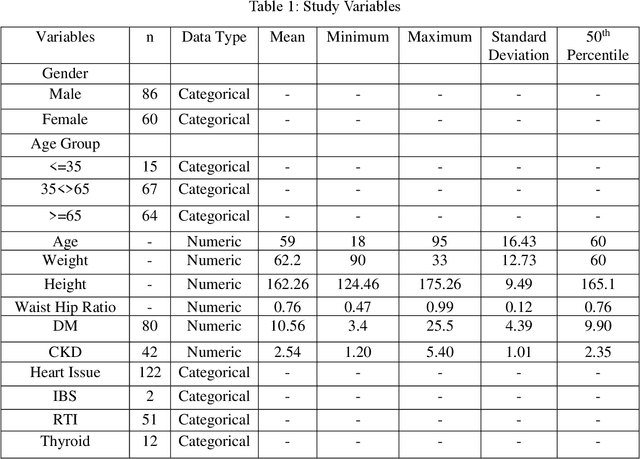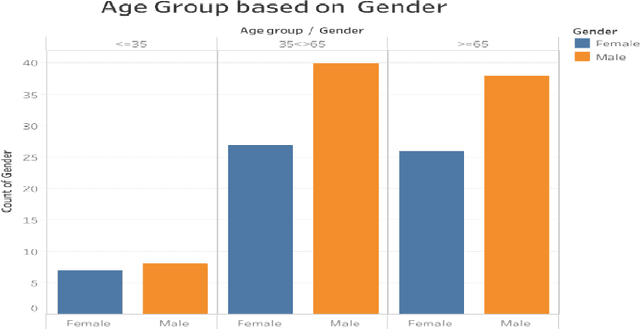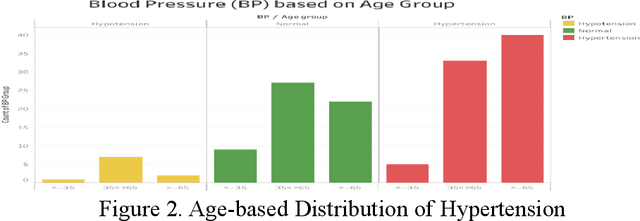Porarthi Dhar
Machine Learning Applications In Healthcare: The State Of Knowledge and Future Directions
Jul 26, 2023Abstract:Detection of easily missed hidden patterns with fast processing power makes machine learning (ML) indispensable to today's healthcare system. Though many ML applications have already been discovered and many are still under investigation, only a few have been adopted by current healthcare systems. As a result, there exists an enormous opportunity in healthcare system for ML but distributed information, scarcity of properly arranged and easily explainable documentation in related sector are major impede which are making ML applications difficult to healthcare professionals. This study aimed to gather ML applications in different areas of healthcare concisely and more effectively so that necessary information can be accessed immediately with relevant references. We divided our study into five major groups: community level work, risk management/ preventive care, healthcare operation management, remote care, and early detection. Dividing these groups into subgroups, we provided relevant references with description in tabular form for quick access. Our objective is to inform people about ML applicability in healthcare industry, reduce the knowledge gap of clinicians about the ML applications and motivate healthcare professionals towards more machine learning based healthcare system.
Prevalence and major risk factors of non-communicable diseases: A Hospital-based Cross-Sectional Study in Dhaka, Bangladesh
Mar 03, 2023



Abstract:Objective: The study aimed to determine the prevalence of several non-communicable diseases (NCD) and analyze risk factors among adult patients seeking nutritional guidance in Dhaka, Bangladesh. Result: Our study observed the relationships between gender, age groups, obesity, and NCDs (DM, CKD, IBS, CVD, CRD, thyroid). The most frequently reported NCD was cardiovascular issues (CVD), which was present in 83.56% of all participants. CVD was more common in male participants. Consequently, male participants had a higher blood pressure distribution than females. Diabetes mellitus (DM), on the other hand, did not have a gender-based inclination. Both CVD and DM had an age-based progression. Our study showed that chronic respiratory illness was more frequent in middle-aged participants than in younger or elderly individuals. Based on the data, every one in five hospitalized patients was obese. We analyzed the co-morbidities and found that 31.5% of the population has only one NCD, 30.1% has two NCDs, and 38.3% has more than two NCDs. Besides, 86.25% of all diabetic patients had cardiovascular issues. All thyroid patients in our study had CVD. Using a t-test, we found a relationship between CKD and thyroid (p-value 0.061). Males under 35 years have a statistically significant relationship between thyroid and chronic respiratory diseases (p-value 0.018). We also found an association between DM and CKD among patients over 65 (p-value 0.038). Moreover, there has been a statistically significant relationship between CKD and Thyroid (P < 0.05) for those below 35 and 35-65. We used a two-way ANOVA test to find the statistically significant interaction of heart issues and chronic respiratory illness, in combination with diabetes. The combination of DM and RTI also affected CKD in male patients over 65 years old.
 Add to Chrome
Add to Chrome Add to Firefox
Add to Firefox Add to Edge
Add to Edge